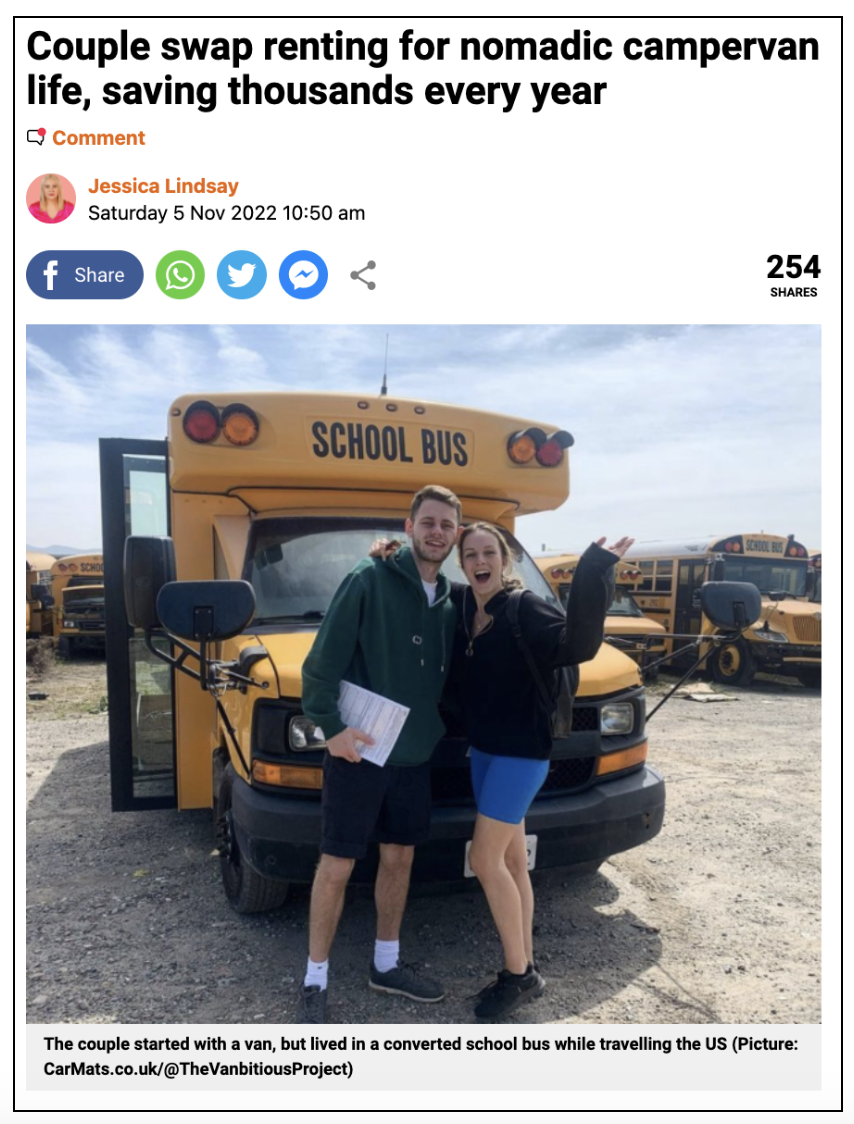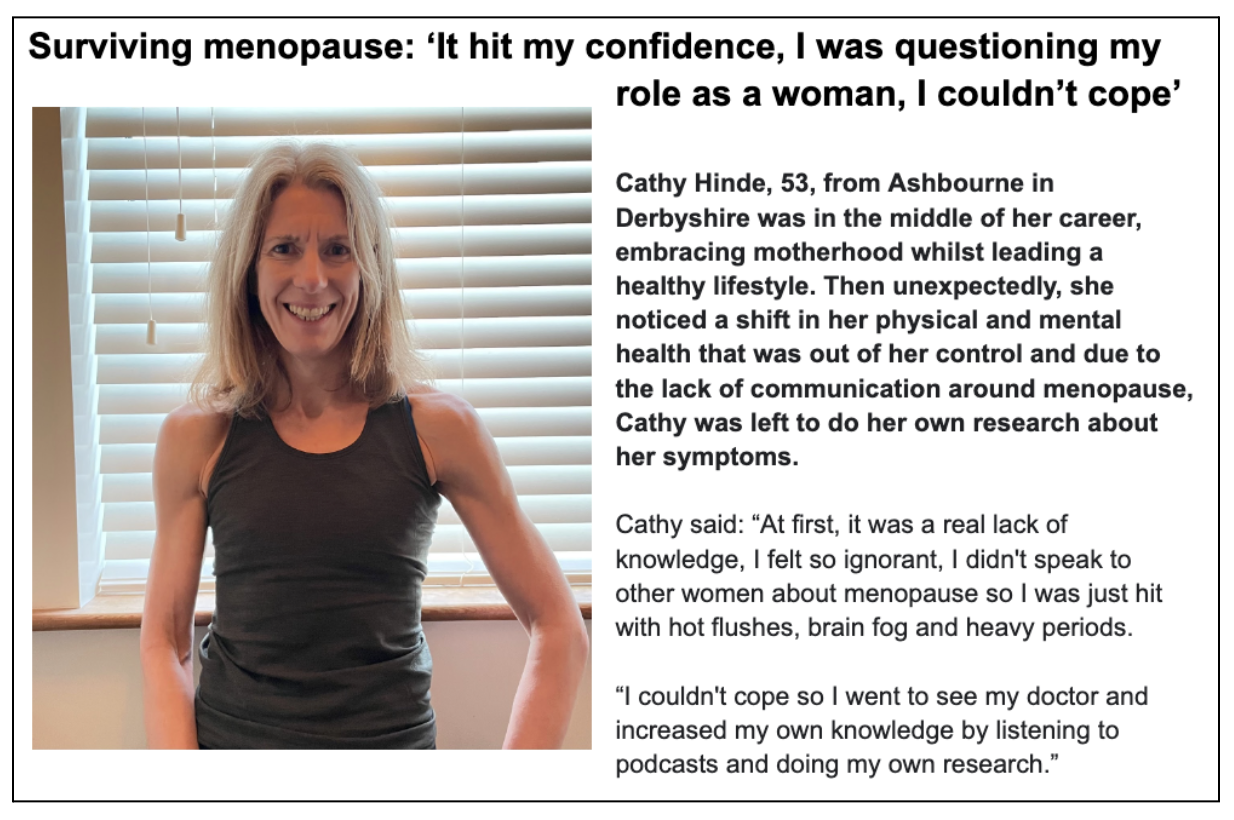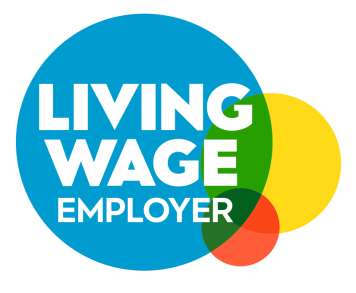Crafting the Perfect Case Studies for your Digital PR Strategies
Journalists love a well-written case study - the human element means that readers lap them up and engage with them. But how do you incorporate the perfect case study into your digital PR story and how do you find them?
Let me see if I can help you…
Before making my way into PR, I started out in journalism as a 16-year-old apprentice reporter. I was always eager to learn more about every aspect of journalism.
My old editor once told me the hardest writing style was the real-life journalism stories we read in Take a Break and Chat! Magazine, because they perfectly capture the human element of a story, just like a well-written case study.
The process of sourcing, interviewing and writing a readable and well-thought-out case study can be difficult, but if you’re looking to gain coverage and bag high-quality links, it’s definitely worth the stress.
Why are case studies so important for digital PRs?
Case studies are a great way to ensure your digital PR story has something a little extra that will grab the journalist in and hold their attention.
You’re essentially doing the hard part for the journalist by sourcing and interviewing a case study to gain those gripping quotes and add weight to your story.
A journalist is more likely to use a story that doesn’t need lots of editing and amending so it’s vital to ensure it’s written well, contains a strong hook and an interesting case study.
Another important thing to consider is your subject line, journalists sometimes receive hundreds of emails a day, so make sure it’s clear to the recipient that you have a case study as soon as your email drops into their inbox.
Here are some examples that have worked well for me:

The last thing you want to do is put masses of effort into perfecting your story for it to be left unread.
What makes a great case study?
There are several things we need to consider when creating a killer case study that will capture the interest of journalists and bag you those all-important links.
When thinking about my next case study I like to think about the 4 Rs:
Is it relevant?
Is it readable?
Is it relatable OR remarkable?
Let me explain how you can adapt the 4 Rs into your case study practices…
Relevancy
A sure-fire way to make a journalist delete your pitch from their inbox is to add an irrelevant case study that's tenuously linked to your hook.
One of my favourite case studies that gained links across the national press was a pitch detailing the cost of mortgage and rent payments compared to living in a camper van.

The story was written for CarMats.co.uk, with the intention of stearing away from your typical vehicle and motoring style stories. We wanted to produce something that would gain links on multiple platforms whilst appealing to a younger audience.
When writing this story I ensured I sourced a case study that backed up my hook. I interviewed a couple who had left their rented house, bought and renovated a school bus and travelled the world for a year to save money, not Margaret and Geoff who go caravanning for three weeks in the summer.
If your hook is based around a thought-provoking statistic or an interesting study, you need to ensure you have a case study that adds weight to the hook and backs up everything you’re trying to say.


Readability
Ensuring a case study is readable starts during the interview process, getting the right quotes can make or break your story. So, start by thinking, are you asking the right questions?
Shocking and emotive quotes can be used in your headlines and subject lines when pitching your story so it’s really important to get enough out of your case study.
It can feel uncomfortable asking awkward questions in order to get the right quotes, but remember this person has agreed to speak to you, and people LOVE talking about themselves.
Never underestimate the power of a good headline, it will get the journalist's attention and get you one step closer to securing coverage for your pitch.
Make sure your case study is a memorable read by aiming to provide your reader with key takeaways from your story, this could be in the form of hints, tips or advice.
In training, journalists are told to get to the point and only write information relevant to the story. Obviously, we don’t want our creative PR pitches to read like hard news, but it’s equally important to make sure you don’t waffle on with pointless quotes that don't add value to your story.
Relatable OR Remarkable
One of the reasons local news continues to be so well-read is because people love to read about things they can relate to. Why do we get so excited when we see our town on TV or meet someone on holiday from the same area as us? Because we relate to them.
People also love to read about things they find shocking and remarkable. I’m sure you’ve heard the old journalism fable of ‘man bites dog’ being more newsworthy than ‘dog bites man’, well it’s true.
Creating a great case study follows these same principles.
Relatable
In a recent pitch about menopause rather than getting a technical expert comment from a medical specialist, I spoke with a woman who had battled severe menopause symptoms and she opened up about the low points she experienced - this is relatable and it adds that important human angle.

I also ensured the quotes I added to the story included key takeaways that other women could benefit from, I wanted my case study to be interesting and beneficial to those that read it.
For this story I asked questions that would prompt informative quotes that other women could benefit from. For example:
What would you advise other women who are going through menopause now?
If you could go back to when your symptoms first started would you do anything differently?
What are the key lifestyle changes that have made the biggest difference?

Remarkable
I recently read a story about a personal trainer who had eaten pizza every day for a month and still managed to lose weight. This is a perfect example of finding a remarkable case study to grab a journalist's attention. The journalist also knows this is a story that will spark a reader’s attention and get them to click on the story.

The story gained coverage across dozens of platforms because of the ‘remarkable’ angle, it includes informative quotes detailing how others can lose weight without restricting their favourite foods.

The case studies listed above are a great mix of topical, informative and extraordinary.
These tips aren’t a guaranteed way to get media coverage from your case study but they’re a great place to start. Next time you’re sourcing a case study ask yourself if it ticks the relevant, readable, relatable/remarkable boxes.
How can I source the perfect case study?
There’s no fine art or quick way to source the perfect case study for your story, sometimes it can be easy and sometimes it can seem impossible to find the perfect person.
Here are some tips that I always find useful:
Social media
TikTok, Instagram, Twitter and Facebook are all great tools you can utilise to your advantage. Whether you’re looking for a dog groomer or lorry driver to act as a case study for your next campaign, you are sure to find one on social media.
The great thing about our industry is everyone's willingness to help, so my first port of call when looking for a case study is to put out a #PRRequest on Twitter.
If that fails I scour social media till I find the ideal case study candidate, then I send them a message asking for their help.
It’s really important to be open and honest with your potential case study about the story, who you’re pitching to and what you would like from them.
Try, try and try again
Be prepared to slide into A LOT of DMs to source your perfect case study. You might approach ten people and be rejected or ignored by every single one - or you might approach one person and they agree instantly, it really is the luck of the draw.
In my experience it’s always handy to have questions ready to shoot across virtually, some people don’t have time for a long phone call and a list of questions can ensure a quick turnaround.
Use your own contacts
Sometimes we forget our own friends, family and acquaintances when it comes to finding great case studies. Before you come up with an action plan to find the ideal candidate, think about your own contacts.
If you know someone personally who fits the bill and their story is strong enough they’re much more likely to agree to speak to you.
You will also make you feel more comfortable asking those awkward questions to someone you know, and you’re less likely to be let down meaning you can turn your content around quickly if you’re on a deadline.
Need a bit of help?
To create a great story you don’t have to complicate your hook and over-think your questions.
Half of the battle is finding a strong and reliable case study that will support your story and grasp the curiosity of a journalist.
Thank you for reading my case study 101, you now have all the information you need to create your digital PR case study that’s guaranteed to bring you bags of links.
If you still need a bit more help, check out our Digital PR services for more inspiration.









